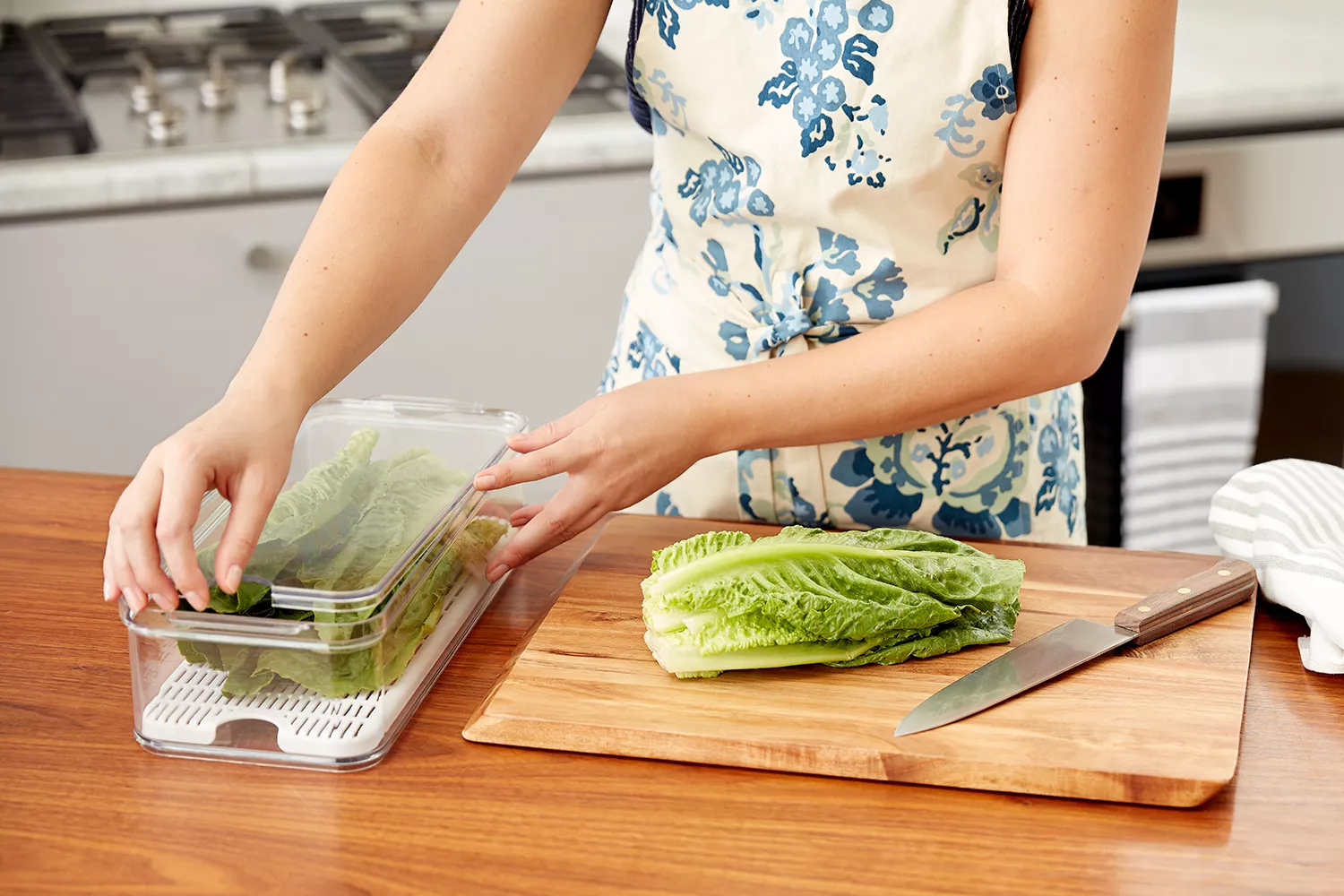

Articles
How To Store Garden Lettuce
Modified: September 1, 2024
Learn effective gardening techniques to store your garden lettuce and keep it fresh for longer. Discover tips and tricks for proper lettuce storage, ensuring a delicious and nutritious harvest all season.
(Many of the links in this article redirect to a specific reviewed product. Your purchase of these products through affiliate links helps to generate commission for Storables.com, at no extra cost. Learn more)
Introduction
Welcome to the world of gardening! If you’re passionate about cultivating your own fruits and vegetables, then you’re likely familiar with the satisfaction of growing fresh, organic produce. One of the most popular vegetables to grow at home is lettuce – a versatile and nutritious leafy green that can be used in salads, sandwiches, and more. However, once you’ve harvested your lettuce, it’s essential to store it properly to ensure its freshness and extend its shelf life.
In this article, we will guide you through the process of storing garden lettuce to maintain its crispness and flavor. Whether you’re growing butterhead, romaine, or leaf lettuce varieties, these storage techniques will help you keep your home-grown lettuce fresh and ready for use.
Before we dive into the storage methods, let’s briefly discuss the importance of choosing the right lettuce and harvesting it at the right time.
Key Takeaways:
- Choose fresh, crisp lettuce and harvest at the right time to ensure optimal flavor and texture. Experiment with different storage methods to keep your homegrown lettuce fresh and delicious for an extended period.
- Properly washing, preparing, and storing lettuce is essential for maintaining its crispness and flavor. Revive wilted lettuce using simple techniques to prolong its usability and enjoy the fruits of your gardening labor.
Read more: How To Store Hydroponic Lettuce
Choosing the Right Lettuce
When it comes to choosing the right lettuce for your garden, you have a wide variety of options. Different lettuce varieties offer unique flavors, textures, and growth habits. Some popular choices include butterhead lettuce, romaine lettuce, and leaf lettuce.
Butterhead lettuce, such as Bibb and Boston varieties, has tender leaves and a mild, buttery flavor. Romaine lettuce is known for its elongated leaves and crunchy texture, making it perfect for Caesar salads. Leaf lettuce, on the other hand, comes in different colors and shapes, including green, red, and oakleaf varieties, and has a milder flavor compared to romaine or butterhead lettuce.
When selecting lettuce for storage, it’s essential to choose heads or leaves that are crisp and free from any signs of wilting or decay. Look for lettuce with bright green leaves, as vibrant color indicates freshness. Avoid lettuce with brown spots or slimy patches, as these are signs of spoilage.
Another crucial consideration when choosing lettuce is deciding whether you want to grow it from seeds or purchase transplants. Growing lettuce from seeds allows you to choose from a wide range of varieties and ensures you have a fresh supply throughout the growing season. However, if you’re short on time or prefer convenience, purchasing transplants from a local nursery can be a great option.
Now that you’ve chosen your lettuce variety and it’s time to harvest, let’s move on to the next step: harvesting lettuce.
Harvesting Lettuce
Harvesting lettuce at the right time is crucial to ensure optimal flavor and texture. Lettuce can be harvested at different stages, depending on your preference and the variety you’re growing.
If you prefer young, tender leaves, you can start harvesting lettuce when it reaches about 4-6 inches tall. This is the baby leaf stage, and you can simply snip off the outer leaves, allowing the inner leaves to continue growing.
For mature heads of lettuce, wait until the plants have reached their full size. The outer leaves may start to overlap or show signs of slight wilting. To harvest the entire head, grip it firmly near the base and use a sharp knife or shears to cut it off just above the soil level.
If you’re growing leaf lettuce varieties, you can practice cut-and-come-again harvesting. This means you can harvest individual leaves as needed, allowing the plants to continue growing and producing more leaves for future use.
It’s important to note that lettuce is best harvested in the morning when the leaves are crisp and full of moisture. Avoid harvesting lettuce when the foliage is wet or after a rain, as this can increase the risk of disease and spoilage during storage.
Now that you’ve successfully harvested your lettuce, let’s move on to the next step: washing and preparing lettuce.
Washing and Preparing Lettuce
Properly washing and preparing lettuce is a crucial step in ensuring its freshness and removing any dirt, insects, or pesticides that may be present. Follow these steps to clean and prepare your lettuce:
- Start by filling a clean sink or large bowl with cold water. Add a teaspoon of salt to the water to help remove any insects or dirt clinging to the lettuce.
- Separate the leaves or heads of lettuce and submerge them in the water. Gently swish the lettuce around to loosen any dirt or debris.
- Let the lettuce soak for a few minutes, allowing any dirt to sink to the bottom of the sink or bowl.
- Remove the lettuce from the water and rinse each leaf or head under cold running water to ensure all dirt and salt are washed away.
- Once the lettuce is clean, gently pat it dry using a clean kitchen towel or paper towels. Avoid rubbing the lettuce vigorously, as this can bruise the leaves.
- If you’re using lettuce leaves for salads or sandwiches, tear them into bite-sized pieces. If you’re storing whole heads of lettuce, leave them intact.
Preparing lettuce in advance by washing and drying it ensures that it’s ready to use whenever you need it. Now that your lettuce is clean and prepared, let’s explore the different ways to store it and extend its shelf life.
Storing Whole Heads of Lettuce
If you’ve harvested whole heads of lettuce and want to store them for later use, there are a few methods you can follow to keep them fresh and crisp. Here are two effective ways to store whole heads of lettuce:
- Refrigerator Method: Wrap the lettuce heads loosely in paper towels to absorb excess moisture. Then, place them in a perforated plastic bag or a loosely tied plastic bag. The perforations allow for some airflow while preventing the lettuce from drying out. Store the bag in the crisper drawer of your refrigerator. The lettuce should stay fresh for about one to two weeks.
- Clamshell Container Method: If you have access to a clamshell container, they can be an excellent option for storing whole lettuce heads. Line the bottom of the container with a layer of paper towels to absorb moisture. Place the lettuce heads in the container and cover them with another layer of paper towels. Close the lid tightly and store it in the refrigerator. This method provides additional protection for the lettuce heads and can help to extend their freshness.
Remember to check the lettuce heads periodically for any signs of wilting or decay. Remove any damaged leaves or heads immediately to prevent the spoilage from spreading to the rest of the lettuce.
Next, let’s explore how to store lettuce leaves.
Read more: How To Store Romain Lettuce
Storing Lettuce Leaves
If you prefer to harvest and store individual lettuce leaves instead of whole heads, there are a few methods you can use to keep them fresh and ready for use:
- Moisture Method: Start by lightly dampening a clean kitchen towel or paper towel. Lay the lettuce leaves flat on the damp towel, making sure they don’t overlap. Roll up the towel gently, being careful not to crush the leaves. Place the rolled towel in a resealable plastic bag or an airtight container. Store it in the refrigerator, and the lettuce leaves should stay fresh for up to a week.
- Mason Jar Method: Wash and dry the lettuce leaves thoroughly, removing any excess moisture. Stack the leaves in a clean mason jar, layering them with pieces of paper towel in between to absorb moisture. Seal the jar tightly and store it in the refrigerator. This method allows for easy access to the lettuce leaves whenever you need them. Just remove the desired amount and reseal the jar.
By storing lettuce leaves using these methods, you’ll be able to enjoy fresh and crisp leaves for your salads, sandwiches, or wraps.
Next, let’s explore the use of lettuce storage containers to keep your lettuce even fresher.
After washing and drying your garden lettuce, store it in a resealable plastic bag with a paper towel to absorb excess moisture. Keep it in the crisper drawer of your refrigerator for up to a week.
Using Lettuce Storage Containers
Lettuce storage containers are specially designed to help keep your lettuce fresh and crisp for a longer period. These containers offer additional airflow and moisture control features, which can help prevent wilting and wilting.
When using lettuce storage containers, here are a few tips to keep in mind:
- Choose the right size container: Make sure to select a container that can accommodate the size of your lettuce heads or leaves without squishing them.
- Prep the lettuce: Wash and dry the lettuce thoroughly before placing it in the container. Wet or damp lettuce can promote decay and spoilage.
- Line the container: Some lettuce storage containers come with built-in dividers or trays. If not, you can line the bottom of the container with paper towels or a clean kitchen towel.
- Separate the leaves: If storing individual leaves, make sure to arrange them in a single layer, separating each leaf with a paper towel. This will help absorb excess moisture and prevent them from sticking together.
- Monitor the moisture: Check the container regularly and replace the paper towels if they become damp. Excess moisture can lead to rot, so it’s essential to maintain a dry environment.
- Store in the refrigerator: Place the sealed container in the crisper drawer or a dedicated section in your refrigerator to maintain cool temperatures and optimal freshness.
Using lettuce storage containers can be a convenient and effective way to store your lettuce, especially if you’re dealing with large quantities or prefer a dedicated storage solution.
Now, let’s explore an alternative method for preserving lettuce: freezing.
Freezing Lettuce
While most vegetables are not suitable for freezing, lettuce can actually be preserved in the freezer if you plan to use it for cooking purposes, such as in soups, stews, or smoothies. Freezing lettuce can change its texture and make it less suitable for fresh salads, but it can still be useful for adding flavor and nutrients to cooked dishes.
Here’s how you can freeze lettuce:
- Wash and dry the lettuce leaves thoroughly, ensuring they are completely dry to prevent ice crystals from forming.
- Tear the lettuce into smaller, bite-sized pieces or leave them whole, depending on your preferences.
- Place the lettuce pieces in a freezer-safe bag or airtight container. Try to remove as much air as possible from the bag or container before sealing it.
- Label the bag or container with the date to keep track of its freshness.
- Store the lettuce in the freezer, preferably in a single layer to prevent clumping.
Frozen lettuce can be kept in the freezer for up to three months. When you’re ready to use it, you can directly add the frozen lettuce to your cooked dishes without the need to thaw it. The texture may become slightly softer, but the flavor and nutrients will still be preserved.
While freezing lettuce is not recommended for fresh salads, it can be a convenient way to preserve an abundance of lettuce for future culinary uses.
Next, let’s explore the best ways to store lettuce in the refrigerator.
Storing Lettuce in the Fridge
The refrigerator is the most common place to store lettuce, as it helps maintain a cool environment that slows down the degradation process. Here are some tips for storing lettuce in the fridge:
- Prep the lettuce: Wash and dry the lettuce thoroughly to remove any dirt or moisture. Excess moisture can lead to wilting and spoilage, so make sure the leaves are completely dry.
- Wrap in paper towels: Take a few sheets of paper towels and gently wrap the lettuce in them. This helps absorb any excess moisture and keeps the leaves fresh.
- Place in a bag or container: Transfer the wrapped lettuce to a perforated plastic bag or an airtight container. The perforations allow for some airflow, preventing the lettuce from becoming too damp.
- Store in the crisper drawer: Place the bag or container in the crisper drawer of your refrigerator. The cool and slightly humid environment helps maintain the crispness of the lettuce.
- Avoid overcrowding: Make sure not to overcrowd the crisper drawer or the storage container, as this can lead to compression and increased moisture, which can cause the lettuce to wilt.
- Check regularly: Periodically check the lettuce for any signs of wilting or decay. Remove any damaged leaves immediately to prevent them from affecting the rest of the lettuce.
By following these steps, you can store lettuce in the refrigerator for up to one to two weeks, depending on its freshness at the time of storage. Remember to maintain a cool and dry environment to extend its shelf life.
Now, let’s explore how to revive wilting lettuce to prolong its usability.
Read more: How To Store Lettuce For Winter
Reviving Wilting Lettuce
It can be disappointing to discover that your lettuce has wilted, but don’t worry – there are a few techniques you can use to revive your lettuce and prolong its usability. Here’s what you can do:
- Ice Water Bath: Fill a large bowl or sink with cold water and add a few ice cubes. Submerge the wilted lettuce leaves or heads in the ice water bath for about 10-15 minutes. The cold water will help crisp up the leaves and revive their texture. After the ice water bath, remove the lettuce and pat it dry before using or returning it to storage.
- Hydration with Moisture: If your lettuce is only slightly wilted, you can try rehydrating it by placing the leaves or heads in a container with clean, cold water. Allow them to soak for 1-2 hours, checking periodically for signs of improvement. Once the lettuce has regained some firmness, remove it from the water, dry it gently, and use or store it as desired.
- Using a Salad Spinner: If your lettuce leaves are wilted but still salvageable, a salad spinner can be a convenient tool to restore their crispness. Rinse the lettuce leaves thoroughly and place them in the salad spinner. Spin the leaves gently to remove excess water, and you’ll notice that the centrifugal force helps to remove some of the wilting. Dry the leaves further with a clean kitchen towel or paper towels before storing or using them.
It’s important to note that while these methods can help revive wilting lettuce, they are most effective when used as soon as you notice the wilting. The longer the lettuce has been wilted, the less likely it is to fully recover its original crispness and texture.
By following these techniques, you can save your wilting lettuce and still enjoy its freshness and flavor.
Now that you have learned various methods to store, revive, and preserve your garden lettuce, you can make the most out of your homegrown produce and enjoy it even after harvest. With proper storage and care, your lettuce will stay fresh and delicious for an extended period, allowing you to savor the fruits of your gardening labor.
Remember to experiment with different storage methods and find the one that works best for your specific lettuce variety and preferences. Happy gardening and happy lettuce storing!
Conclusion
Growing your own garden lettuce is a rewarding experience, but proper storage techniques are essential to maintain its freshness and extend its shelf life. By following the right methods, you can ensure that your homegrown lettuce remains crisp, flavorful, and ready for use whenever you need it.
From choosing the right lettuce variety to harvesting at the right time, each step plays a crucial role in storing lettuce effectively. Washing and preparing lettuce ensures that it’s clean and ready for consumption or storage. Whether you’re storing whole heads of lettuce or individual leaves, using proper storage containers, refrigeration techniques, or even freezing methods can help you preserve your lettuce for longer periods.
Remember to periodically check your stored lettuce for any signs of wilting or spoilage, and remove any damaged leaves promptly to prevent the spread of decay. If you encounter wilted lettuce, don’t panic! Revive it using techniques like ice water baths or rehydration to restore its crispness.
By implementing these storage methods and techniques, you can enjoy the benefits of your garden lettuce long after harvest. From fresh salads to delicious sandwiches and beyond, your homegrown lettuce will continue to add nutritious and flavorful elements to your meals.
So, whether you’re a seasoned gardener or just starting out, mastering the art of storing garden lettuce is an important skill to enhance your gardening experience. Embrace these tips, experiment with different methods, and enjoy the bountiful harvest of your lettuce crop!
Happy gardening and happy lettuce storing!
Frequently Asked Questions about How To Store Garden Lettuce
Was this page helpful?
At Storables.com, we guarantee accurate and reliable information. Our content, validated by Expert Board Contributors, is crafted following stringent Editorial Policies. We're committed to providing you with well-researched, expert-backed insights for all your informational needs.
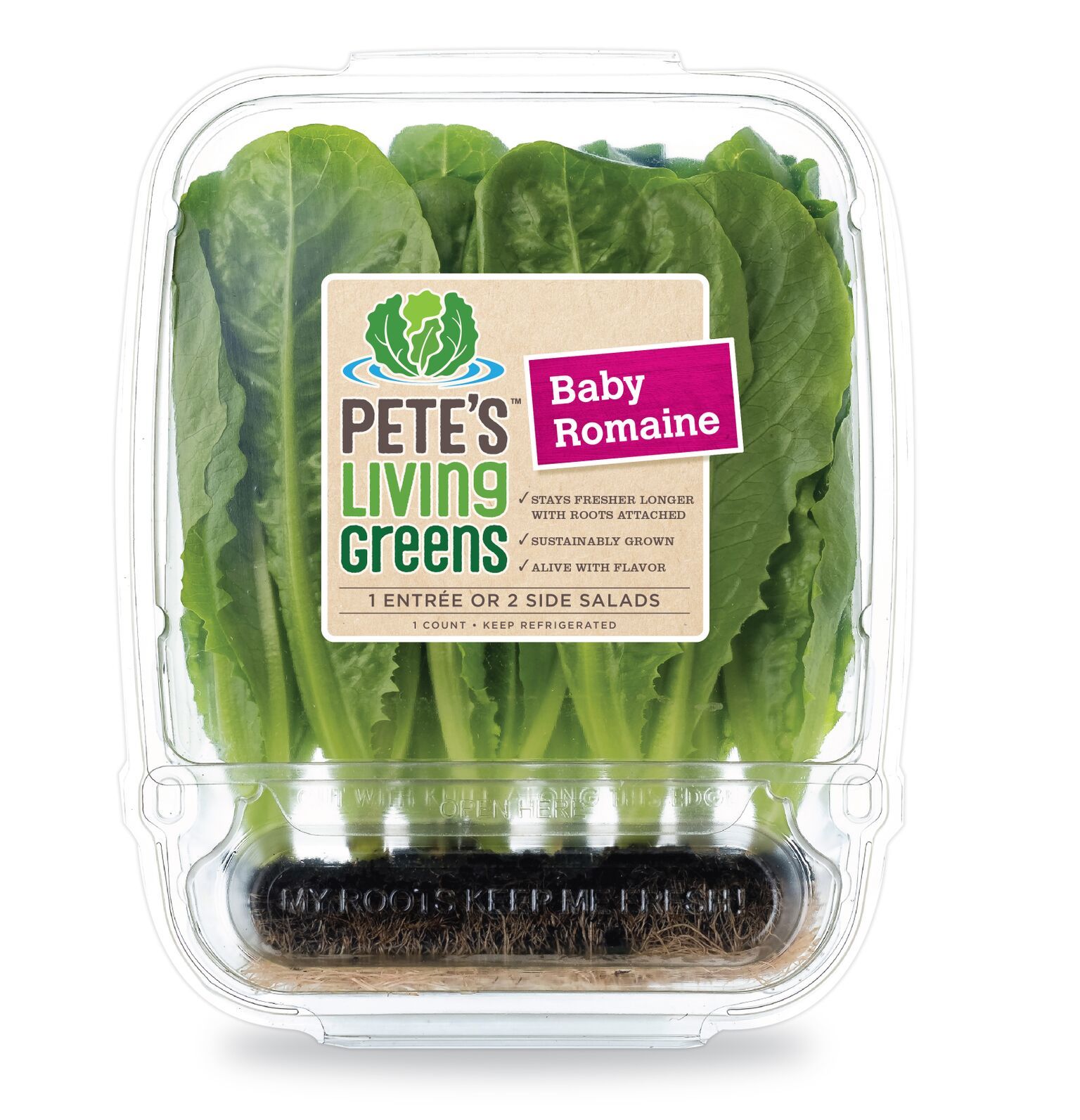
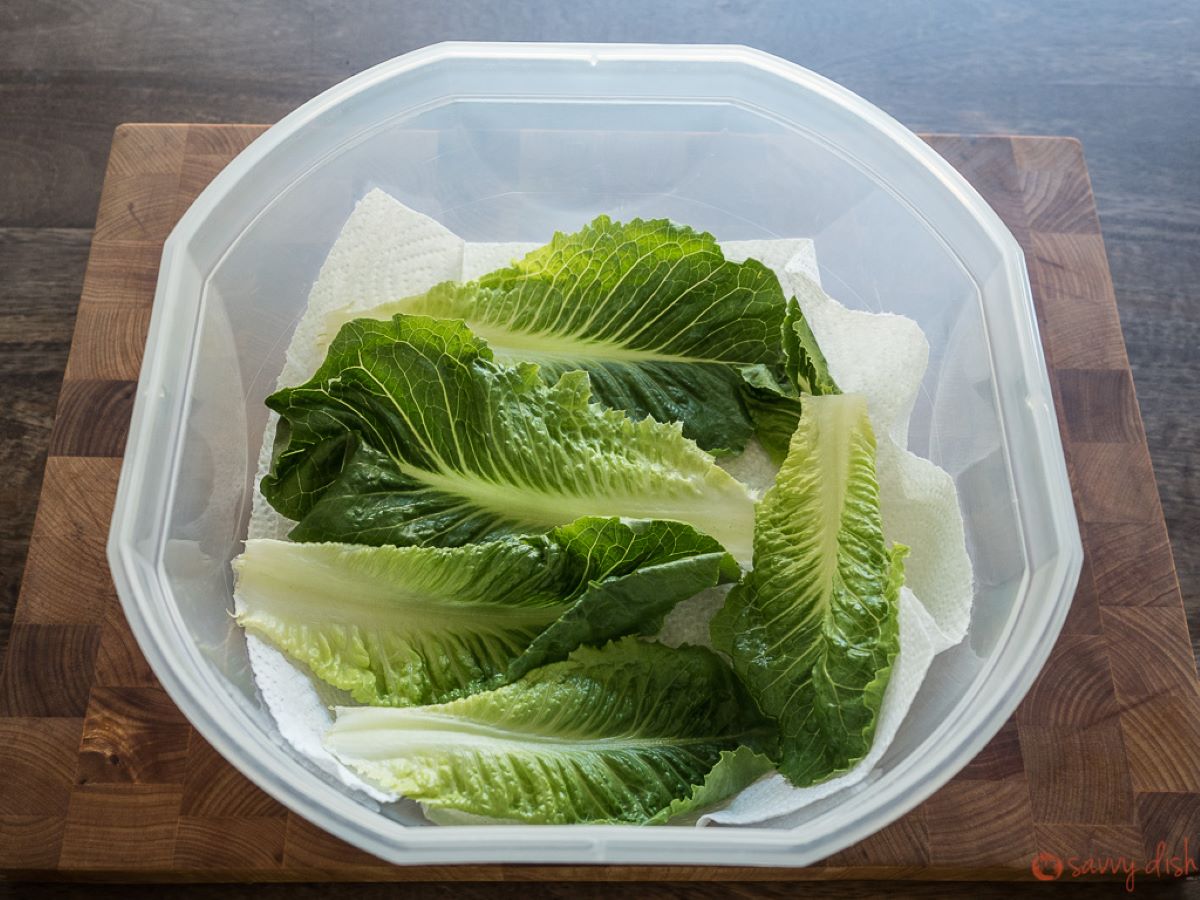
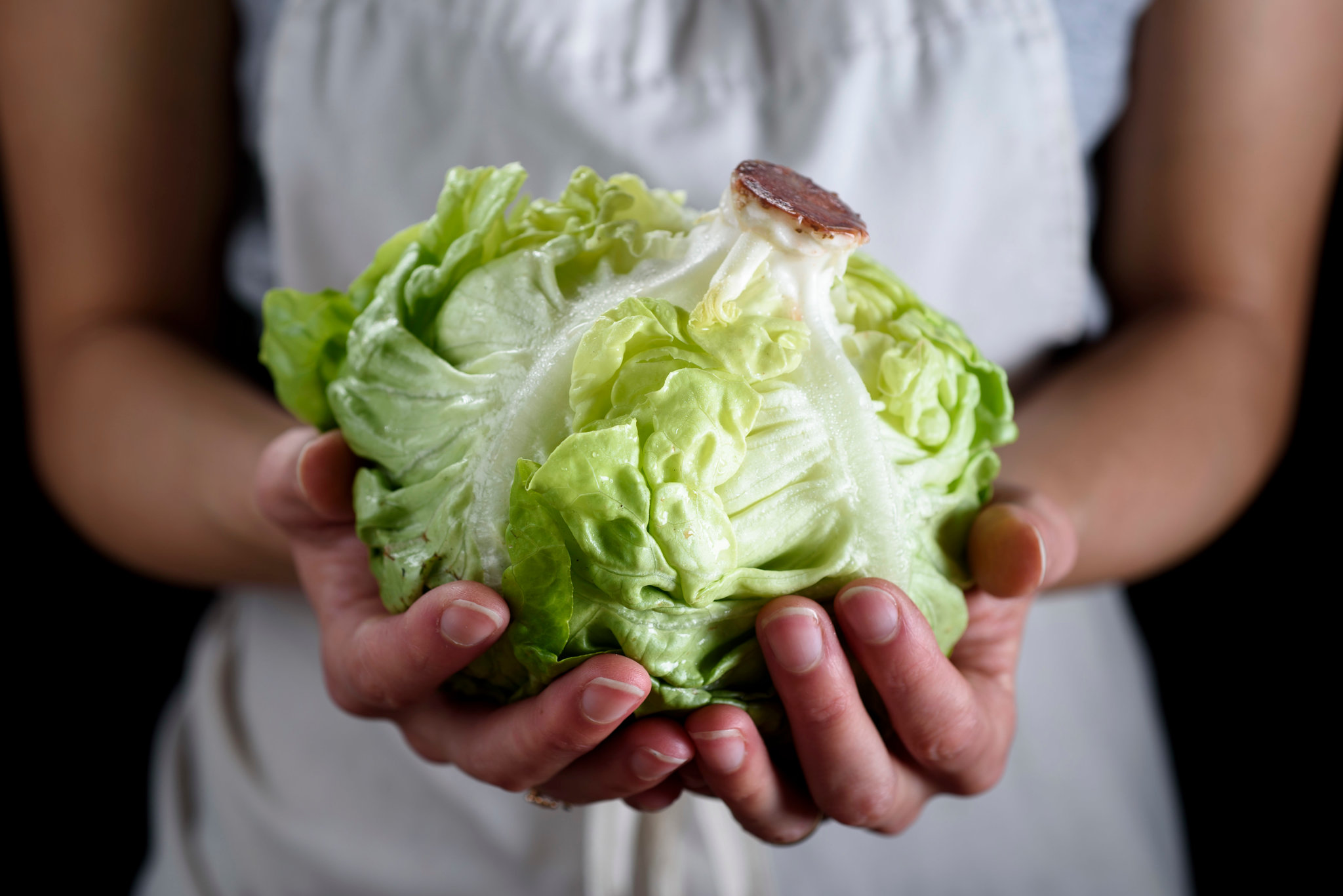
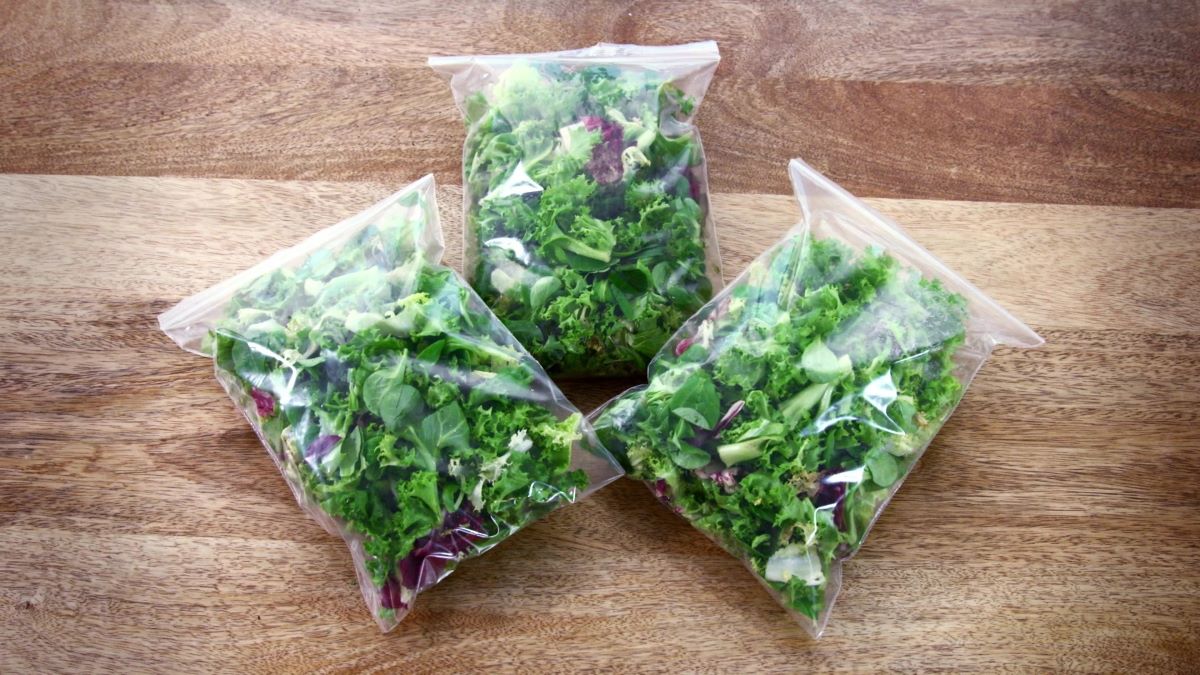
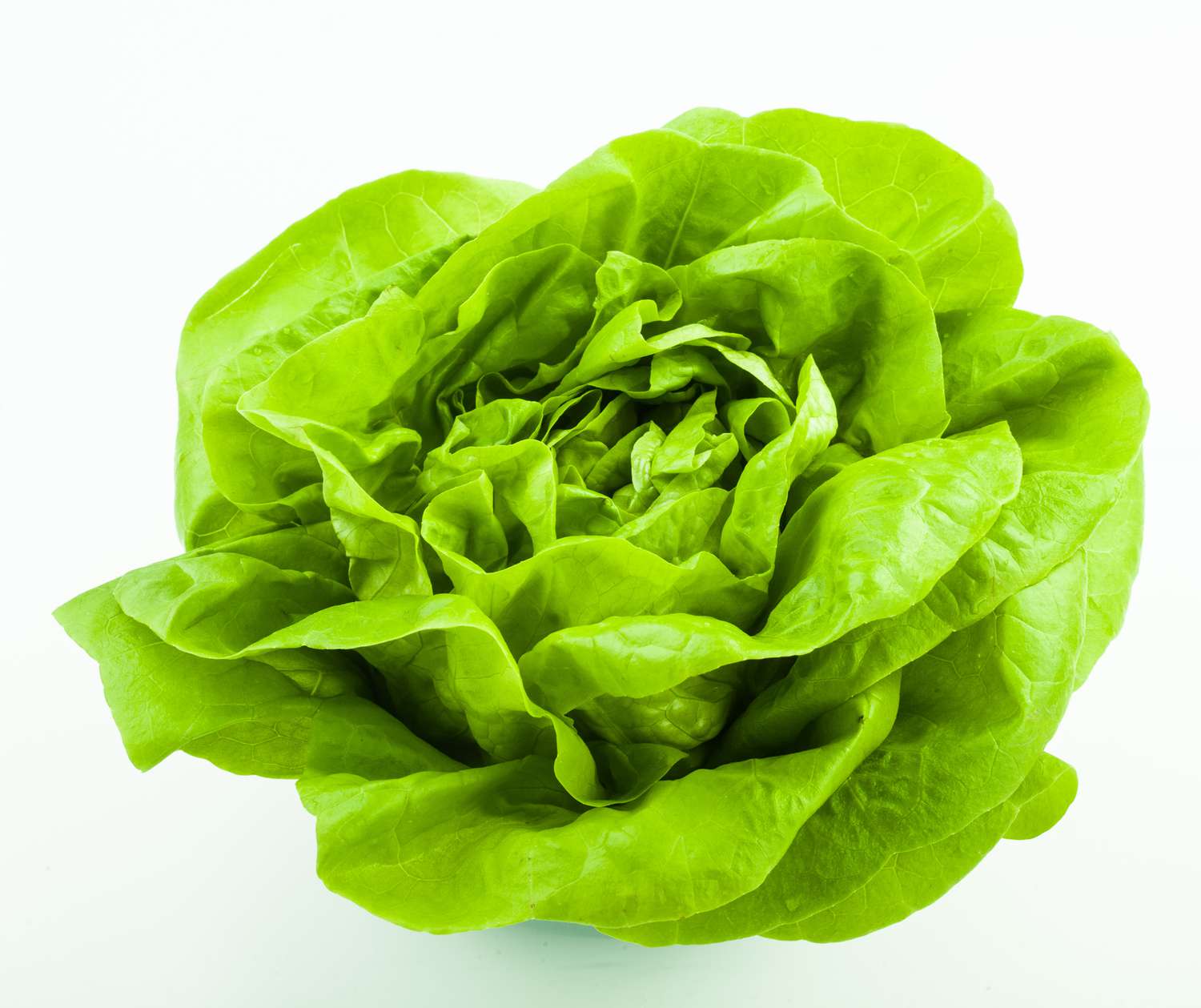
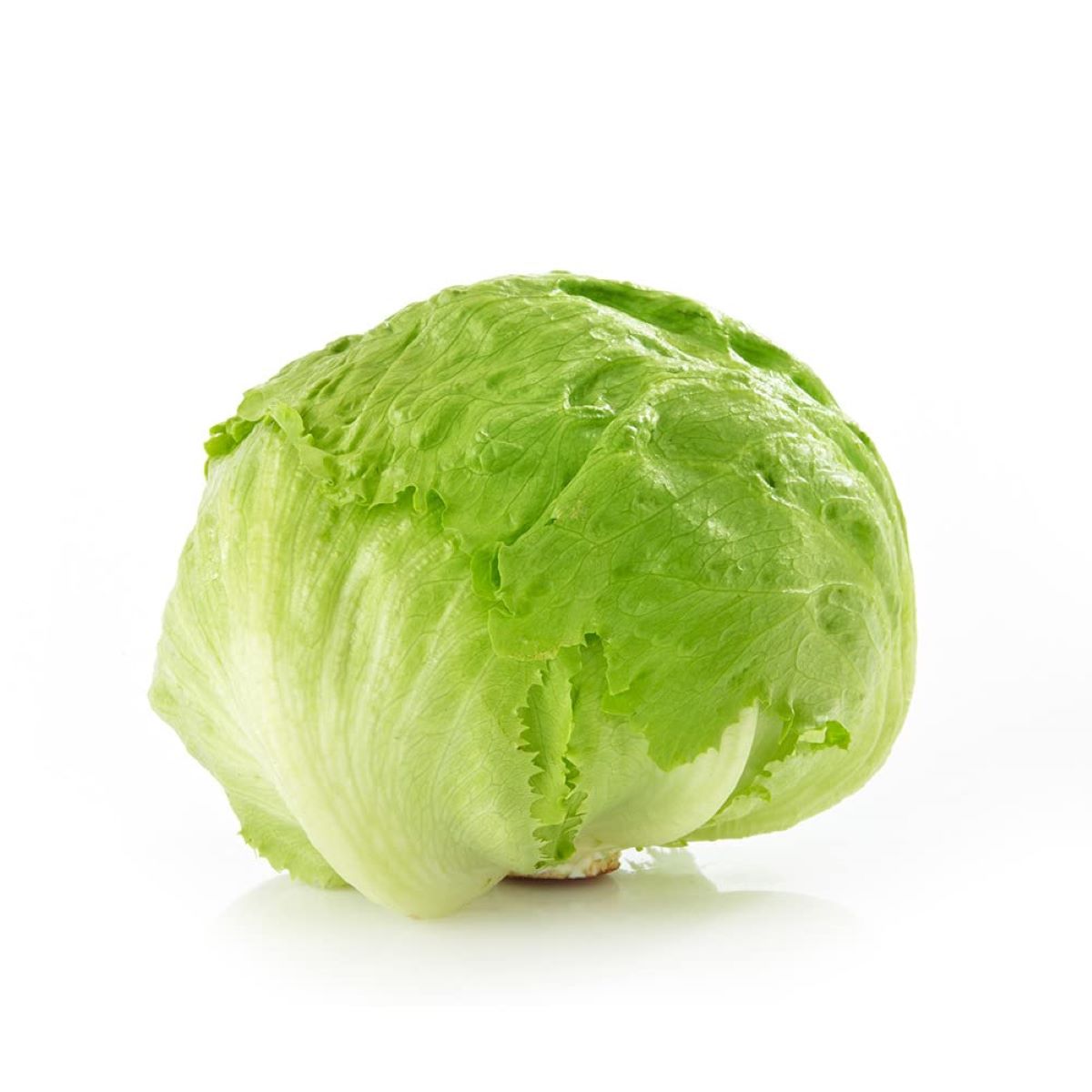
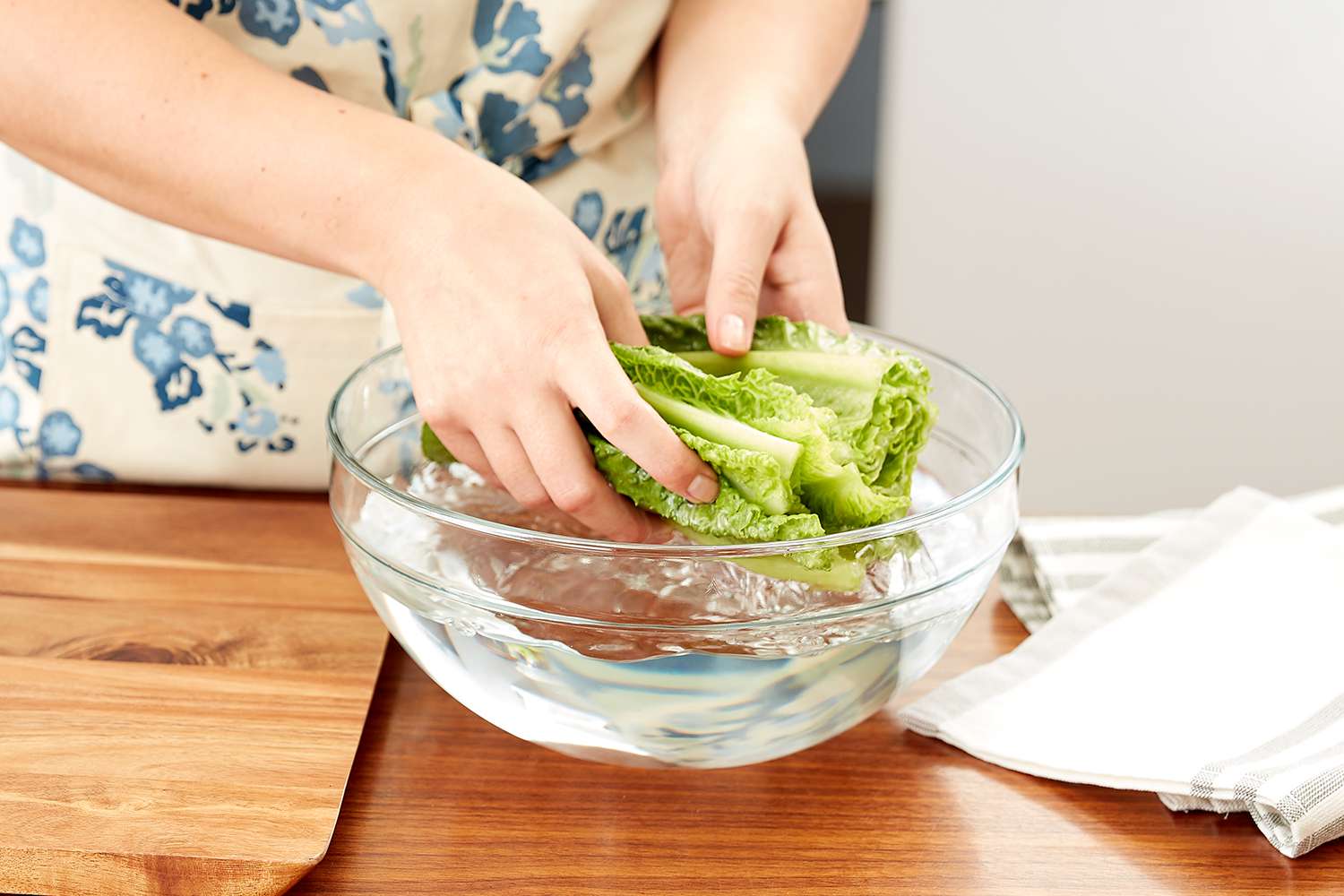
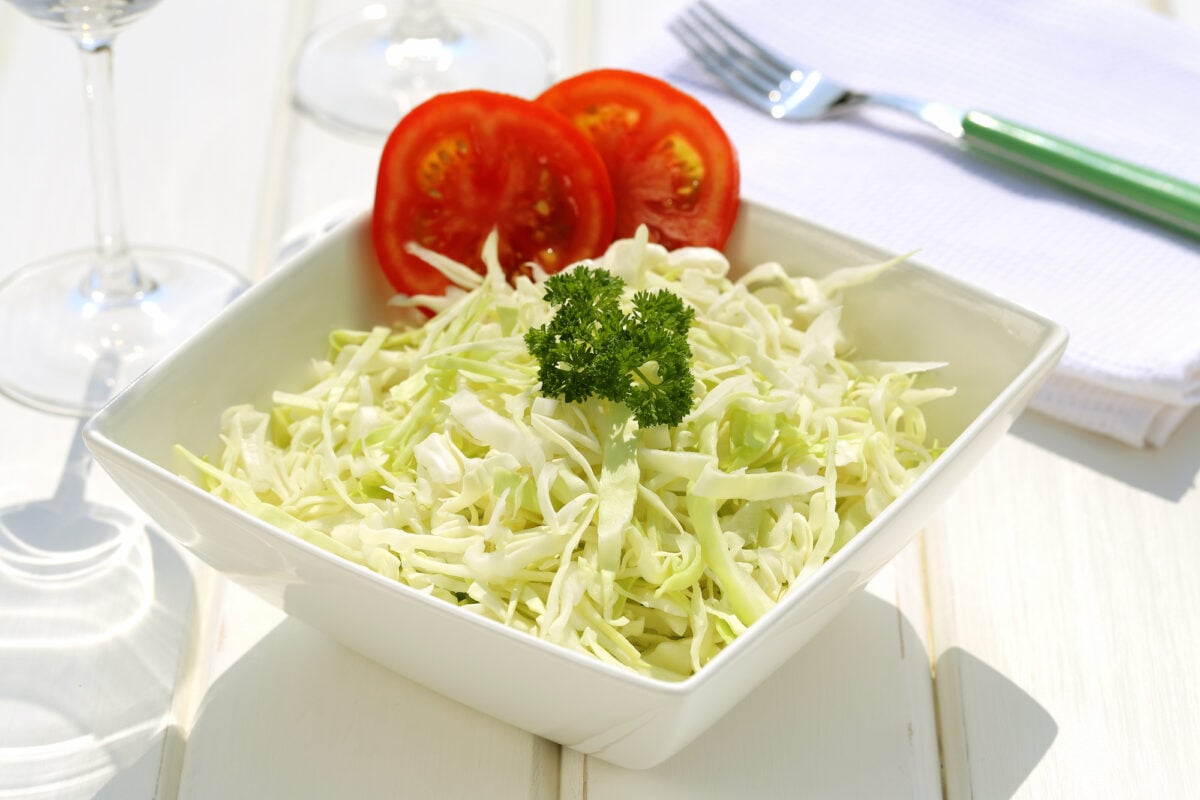
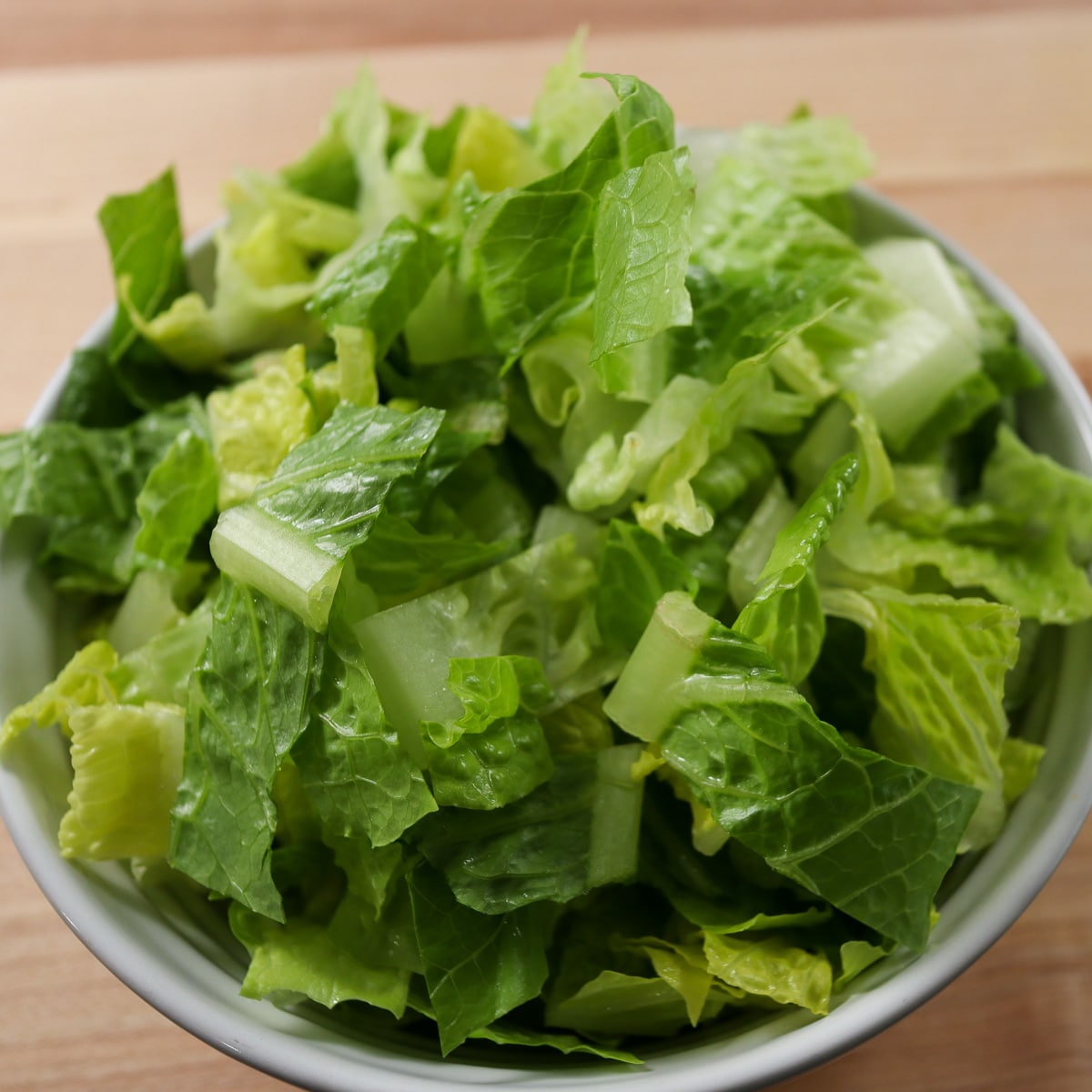
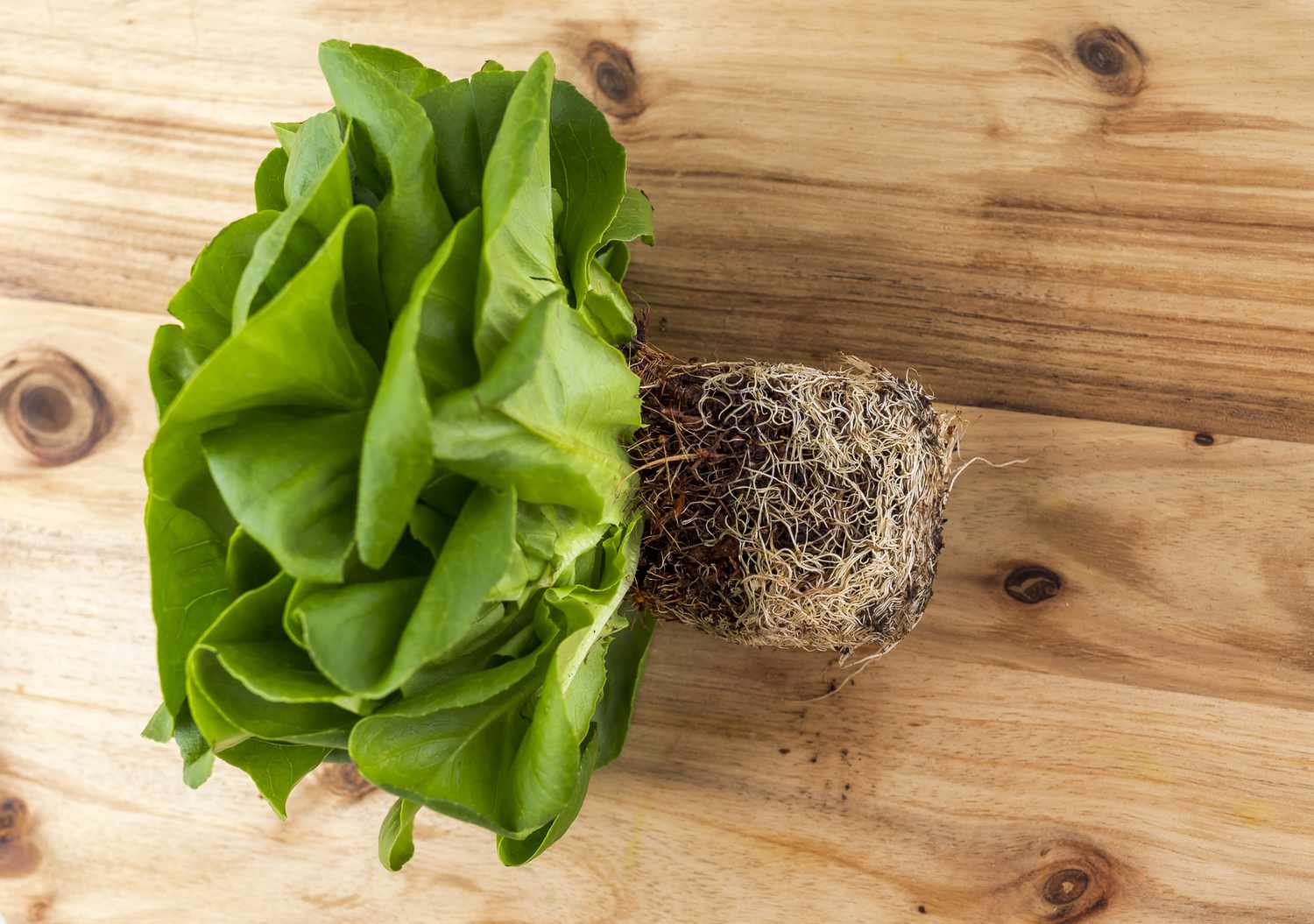
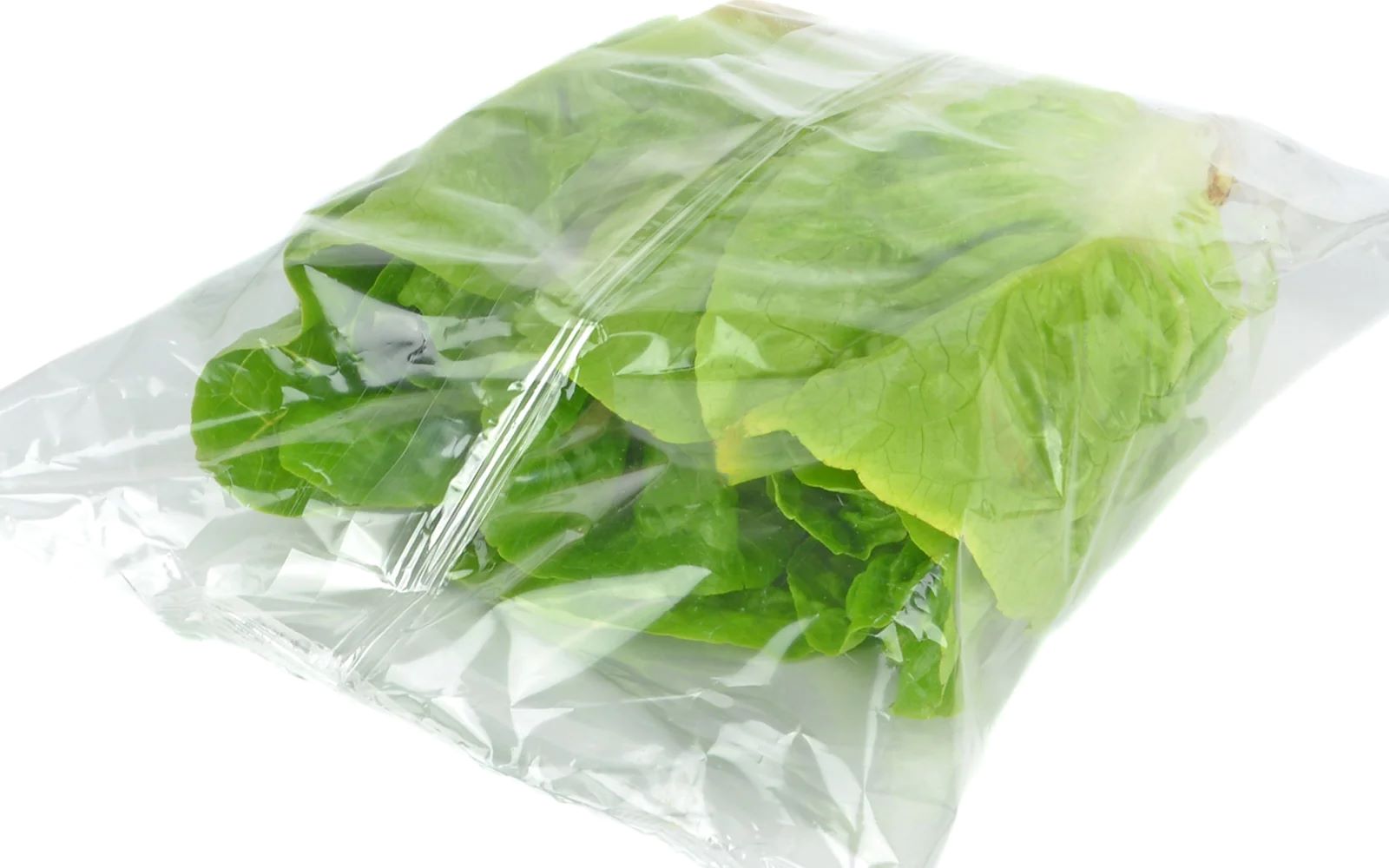
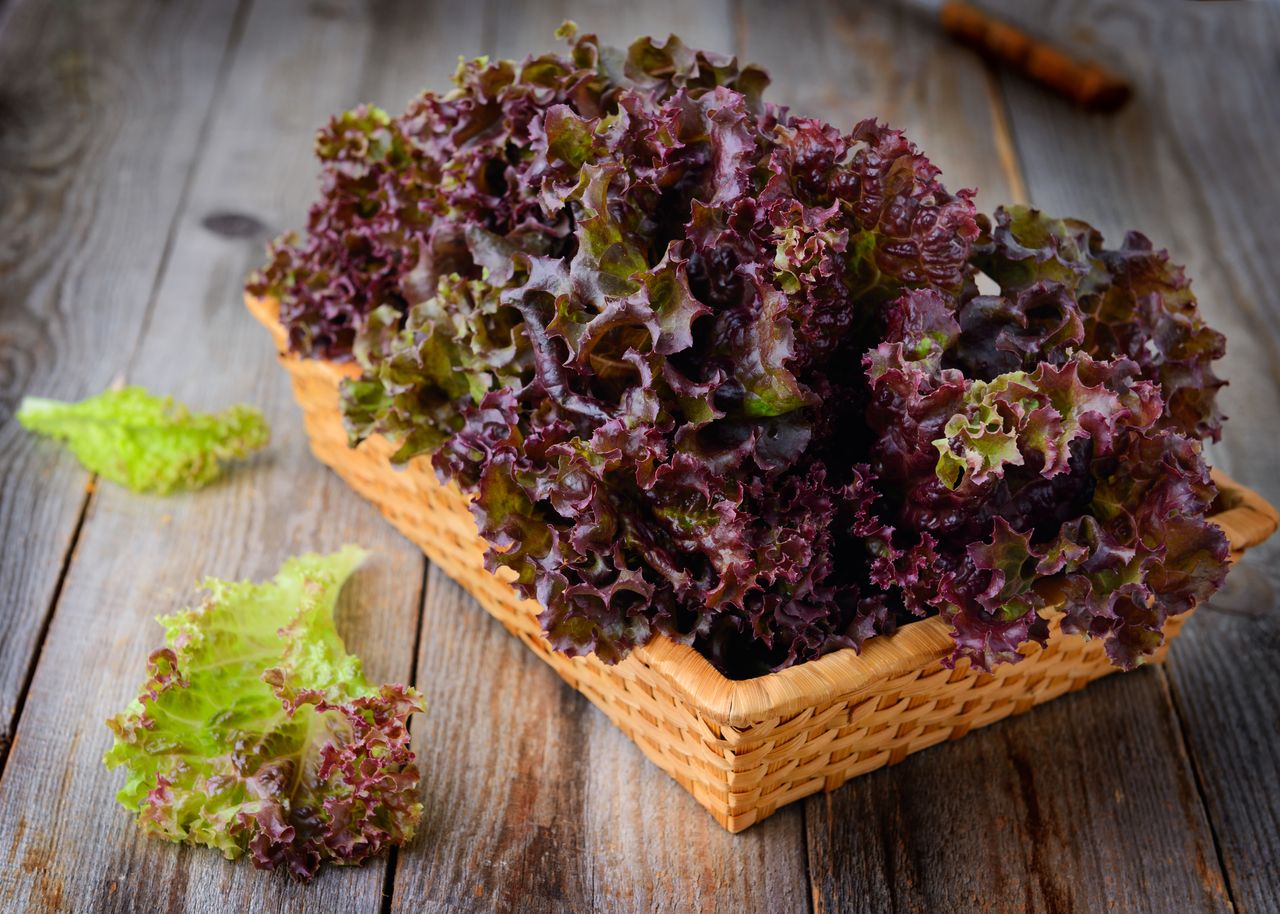
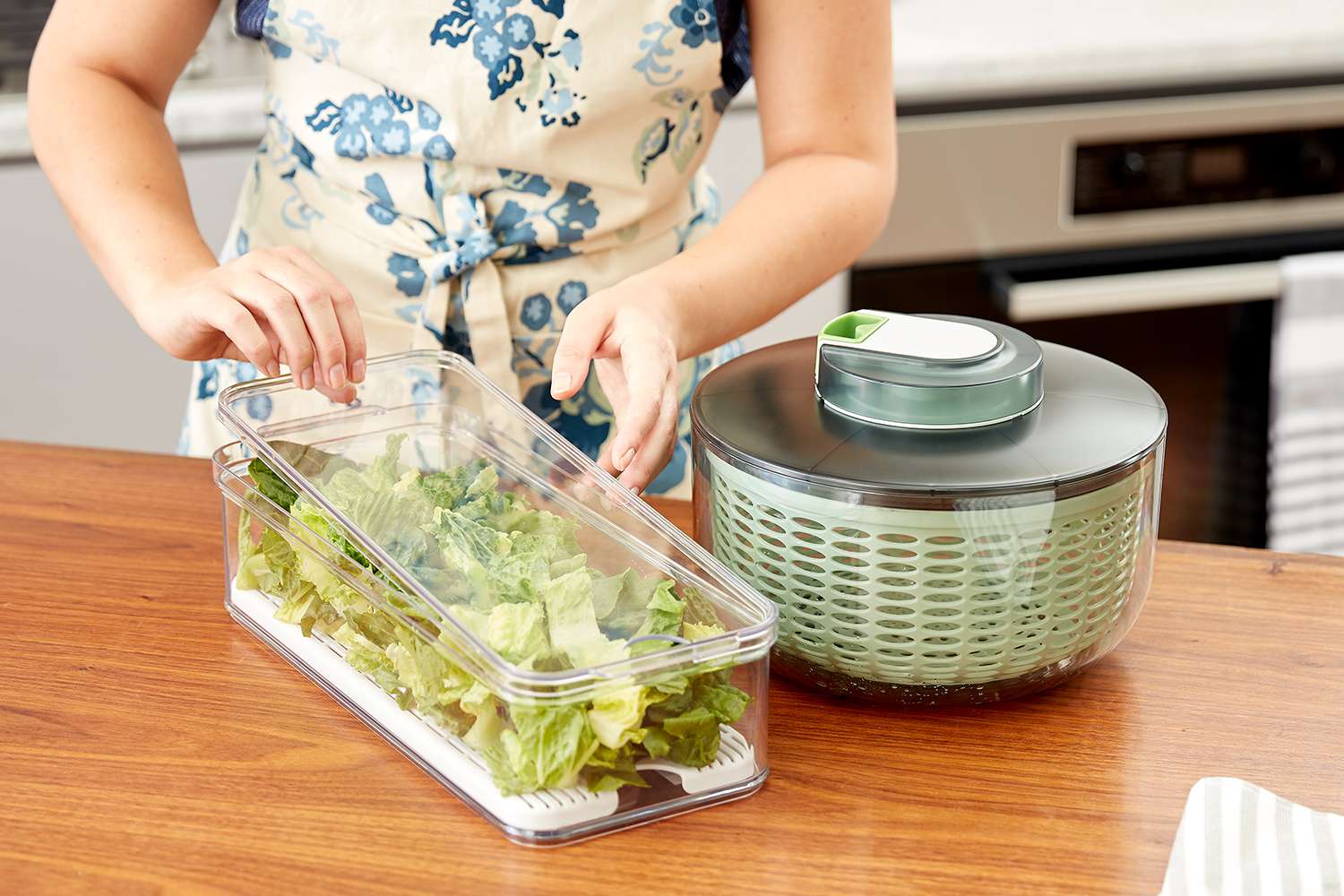

0 thoughts on “How To Store Garden Lettuce”